In January 2016, then-Deputy Crown Prince Mohammad bin Salman announced that he intended to sell 5% of Saudi Aramco — Saudi Arabia’s government-owned oil company — in an international initial public offering (IPO) to fund Saudi Arabia’s ambitious economic reform plans. He expected to raise $100 billion from the sale, valuing Aramco at $2 trillion.
On December 11, 2019, shares amounting to 1.5% of Aramco’s value began trading only on the Tadawul, Saudi Arabia’s stock exchange. The IPO will, in fact, raise nearly $26 billion for the kingdom, at a price that values Aramco at $1.7 trillion. The events of the intervening four years tell an interesting story of changing global oil markets and dashed ambitions.
In an earlier post, I wrote that transparency, valuation, and listing locations were the most important challenges and unknowns in the IPO process. Each of those factors contributed to the scaled-back IPO and will continue to affect the market valuation of the company in the future.
What happened?
The Aramco IPO promised to be the largest ever, greatly surpassing the $25 billion offering of Chinese internet giant Alibaba in 2014. Bankers swooned over the potential fees involved, and more than two dozen banks were eventually involved, presenting the company to potential investors around the world. But from the beginning, many investors balked at the $2 trillion valuation and the company flinched at the requirements for listing on the world’s most important stock exchanges.
The Saudis postponed the IPO a number of times, but a management shake-up in September 2019 was the first step in getting the process moving again. Yasir al-Rumayyan, the head of Saudi Arabia’s Public Investment Fund, was installed as Aramco chairman. He is likely to bring a more finance-driven approach to managing the company. Khalid al-Falih, the previous chairman, was also the country’s energy minister, and separating those two roles was a way to assuage investor fears about Saudi government involvement in the company.
However, the push for progress on the IPO was derailed in mid-October, when bankers informed Aramco management and Saudi officials that international investors were expected to value the company at between $1.1 and $1.7 trillion, far below the $2 trillion goal set by Crown Prince Mohammad bin Salman. Consequently, the Saudis decided to go with a scaled-back IPO on the Saudi stock exchange instead.
Transparency and valuation — same problems, different day
Transparency and valuation have been the biggest challenges since the Aramco IPO was announced nearly four years ago, and they ultimately became the deal’s undoing.
Aramco is the world’s most profitable company.
Aramco is the world’s most profitable company, with nearly twice the earnings of number-two company Apple in 2018. However, Aramco operates differently than the public companies we’re all familiar with. Saudi Arabia is the primary swing producer in the Organization of the Petroleum Exporting Countries (OPEC), cutting oil production to prop up prices and balance markets when needed. It also keeps oil production capacity in reserve to call upon in times of shortage. These decisions are made for market stabilization and political reasons; a company focused on maximizing shareholder value would be unlikely to act in this way. The decisionmaking process will not change in the wake of the IPO.
With respect to valuation, several factors are currently spooking oil markets and reducing Aramco’s perceived value. Oil markets are currently pessimistic about future demand, in the short term owing to the ongoing trade war between the United States and China, and in the longer term due to the world’s need to move away from fossil fuels to avert the worst impacts of climate change. At the same time, oil production in the United States is still growing rapidly. Aramco’s production costs are much lower than those in the United States, but a price war to push out U.S. producers would be more painful than helpful, as seen during the oil price crash of 2014-16.
Geopolitical concerns caused more downward pressure on Aramco’s valuation. The Saudi war against the Shiite Houthis in Yemen continues, and Iran and its allies have lashed out at Aramco’s operations in retaliation. The attacks were also likely intended to send a message to the United States amid its crippling sanctions on Iran. Attacks on the East-West pipeline in May 2019 were followed in September 2019 by attacks on the Abqaiq processing facility and the Khurais oil field. The September attacks were sophisticated and precise, clearly meant to send the message that the facilities are vulnerable. Spare capacity and a rapid repair program minimized the attacks’ impact on global oil supply, but the Iranians certainly made their point.
The international listing falls apart
The reduced valuation of Aramco was the final straw that ended the kingdom’s dreams of a huge international IPO. The Saudi government was unwilling to sell shares at the low end of the valuation estimates. Offering a smaller percentage of the company to domestic and regional investors was a reasonable fallback.
The Aramco IPO will still be the world’s largest, but by an eyelash instead of a landslide.
The kingdom offered incentives for local buyers, including preferential loan rates to buy Aramco stock. Citizens feel a sense of pride in Aramco as their national champion and the heart of their economy, making the stock attractive to local buyers. Offering a smaller percentage was also a way to push up the share value, decreasing supply and only selling to those investors with a higher willingness to pay. However, this decision may bring future challenges if the value of Aramco stock becomes a political issue. Additionally, selling to local owners somewhat defeats the purpose of economic diversification. Saudi shareholders are still dependent on Aramco’s performance, just through a different mechanism.
The Aramco IPO will still be the world’s largest, but by an eyelash instead of a landslide. It’s ironic that this is seen as somewhat of a failure, but the kingdom needs bold moves to reform its economy. As Adel Abdel Ghafar and I write in a related paper, Saudi Arabia’s large and diverse population make its oil reserves and wealth relatively small on a per-capita basis. The kingdom also has a significant youth bulge — 40% of its population is under 25 — and must provide meaningful employment and economic opportunities for this rising generation. The Aramco IPO can help fund diversification investments, but will not be the game-changer that the crown prince initially envisioned.
The Brookings Institution is committed to quality, independence, and impact.
We are supported by a diverse array of funders. In line with our values and policies, each Brookings publication represents the sole views of its author(s).
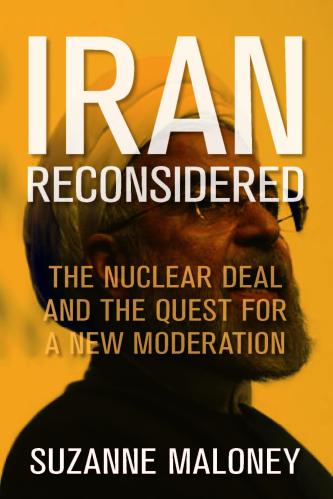
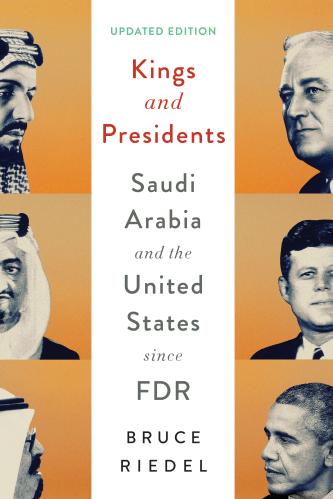
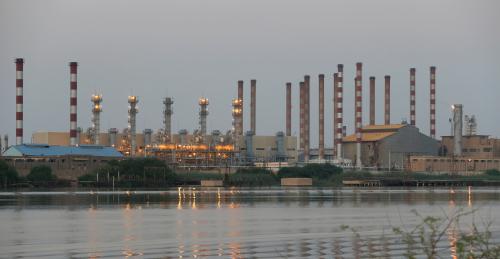

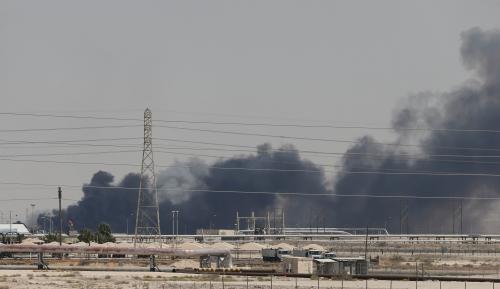

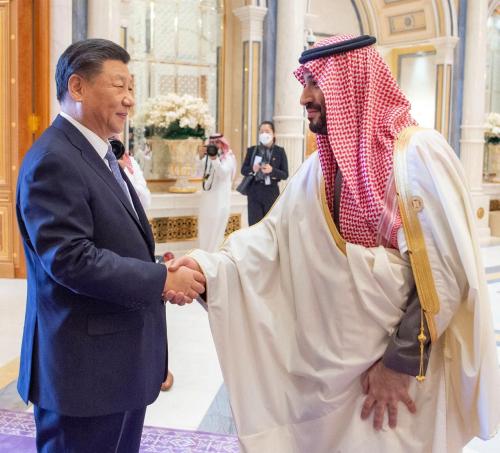
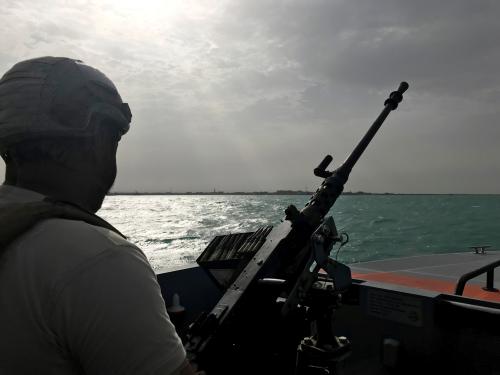
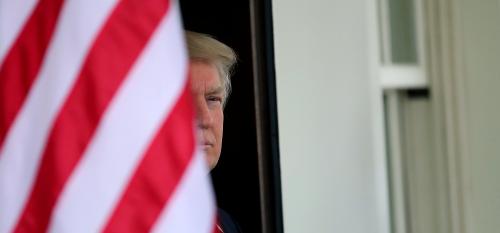
Commentary
The Saudi Aramco IPO breaks records, but falls short of expectations
December 11, 2019